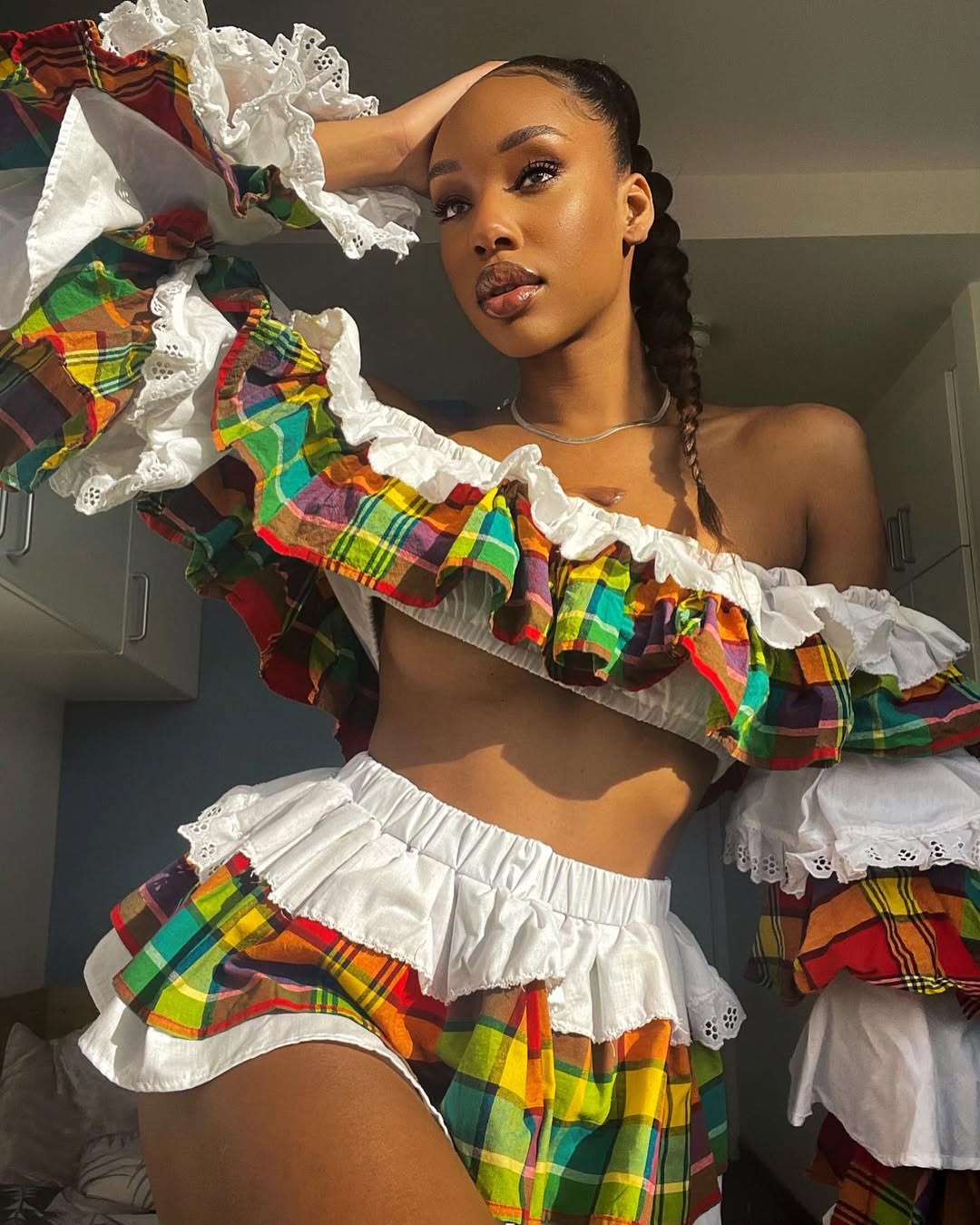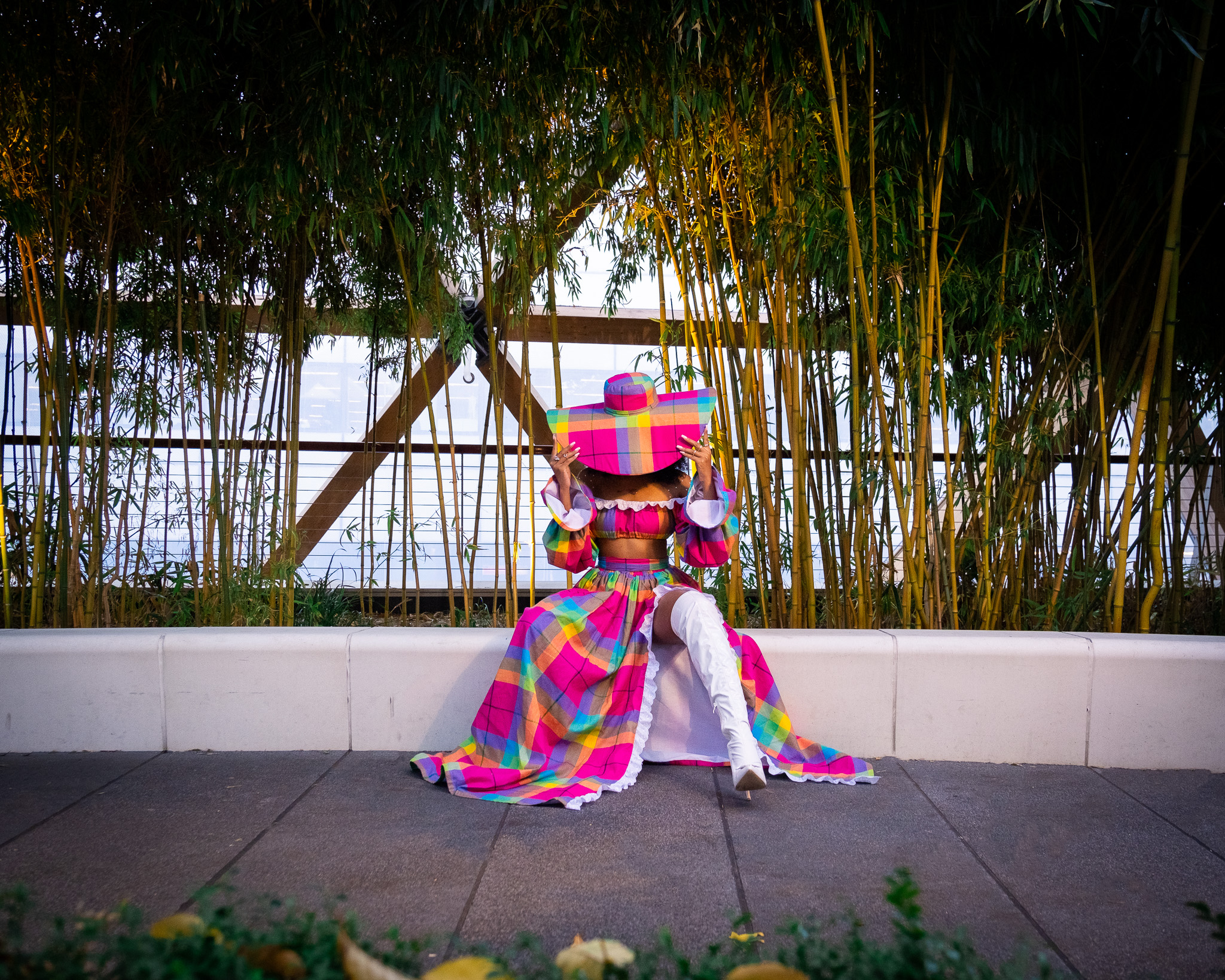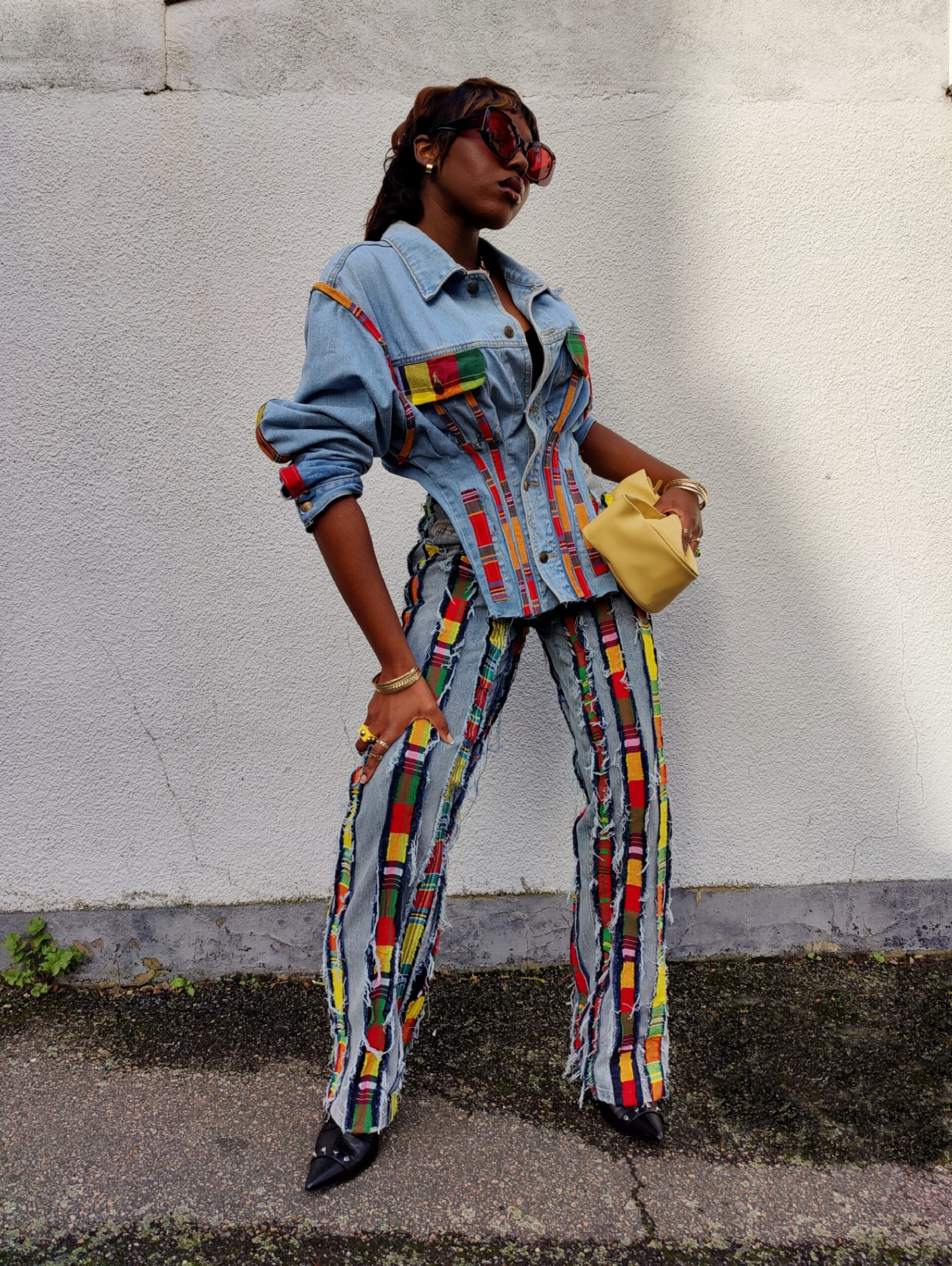Culture is difficult to quantify in words, but it’s easily understood through actions. One of the most powerful cultural expressions is what people choose to wear. In Saint Lucia, this expression is deeply rooted in the tradition of wearing Madras material.
The story of Madras is interwoven with Saint Lucia’s complex past — part colonial, part celebratory. The fabric gets its name from Madras (now Chennai), a city in southern India. Originally a lightweight cotton textile exported through colonial trade routes, Madras found its way to the Caribbean. In Saint Lucia, enslaved Africans were often forced to wear estate livery. But on feast days and special occasions, they adorned themselves in colorful Madras garments as a form of self-expression and dignity.

Over time, Madras became central to Creole fashion, especially in the Wob Dwiyet — a traditional four-piece costume worn by women. Today, it stands as a national symbol, especially during Creole Month celebrations.
One of the skilled artisans working with these storied designs is Shanice Francis also known as Gruntage Baby, a fashion designer and owner of Gruntage Studios (formerly Nicely Damaged). Francis, a Saint Lucian now living in the diaspora, keeps the culture of Fair Helen alive through her creations, which have been featured in various fashion shows.
“Madras is such a pillar in my cultural expression as a Saint Lucian living overseas in the UK and US. It allows me to connect back to my roots and celebrate my heritage in such a vibrant way, whilst exploring my life-long love for fashion and design,” she said.

“It’s so important to not only cherish the more traditional Madras designs that are so deeply embedded within our culture, but to also re-define it, in a contemporary and eccentric way that evolves with the times. It then becomes a cultural statement that is more accessible to a diverse audience. That’s my mission. I want people to see my work, and say ‘Wow! I’ve never seen someone use Madras like that before, I need that’, and appreciate my craftsmanship and originality.”
How does one take this “originality” and “craftsmanship” to a global audience? Francis believes it starts with Saint Lucia’s greatest resource — its people, especially those in tourism and the creative industries.
“I think by utilising Saint Lucian celebrities and cultural ambassadors and featuring them with Saint Lucian fashion designers at major local and overseas events with great press coverage it could spread Saint Lucian fashion on a global scale,” she noted. “I believe visibility is key and being more intentional about branding, so people can easily identify Saint Lucia in the international fashion space.

“For example, making it mandatory that Madras is uniquely incorporated in uniforms for resort staff on the island — not only wearing Madras during Creole Month. Tourism is a leading industry in Saint Lucia, we could definitely use that to further Saint Lucian fashion on a global scale. That’s huge untapped exposure and brand awareness. I have a vision of working with the tourism board to design some uniforms that truly bring a unique stamp on Saint Lucian fashion to the world stage.”
She also emphasised the importance of access to resources for local creatives.
“I do also believe it starts with the basics of better access to a variety of resources, materials, and equipment for local creative talent to thrive and produce at scale, thus creating more opportunities.”
The designer offered heartfelt advice to young creatives hoping to share Saint Lucia with the world: “My advice to someone looking to share our beautiful Saint Lucian culture is be proud. Be real, and let our island’s spirit shine through your creations.
“Don’t just show the clothes or the art, share the stories behind them. Let people know what the Madras means to us, what inspires the bright colours, the music, and the dance. Let them feel the soul of Saint Lucia through your work.
“You could show the real people, real places, and real moments. You should collaborate with the world, but never lose your Saint Lucian voice.”




